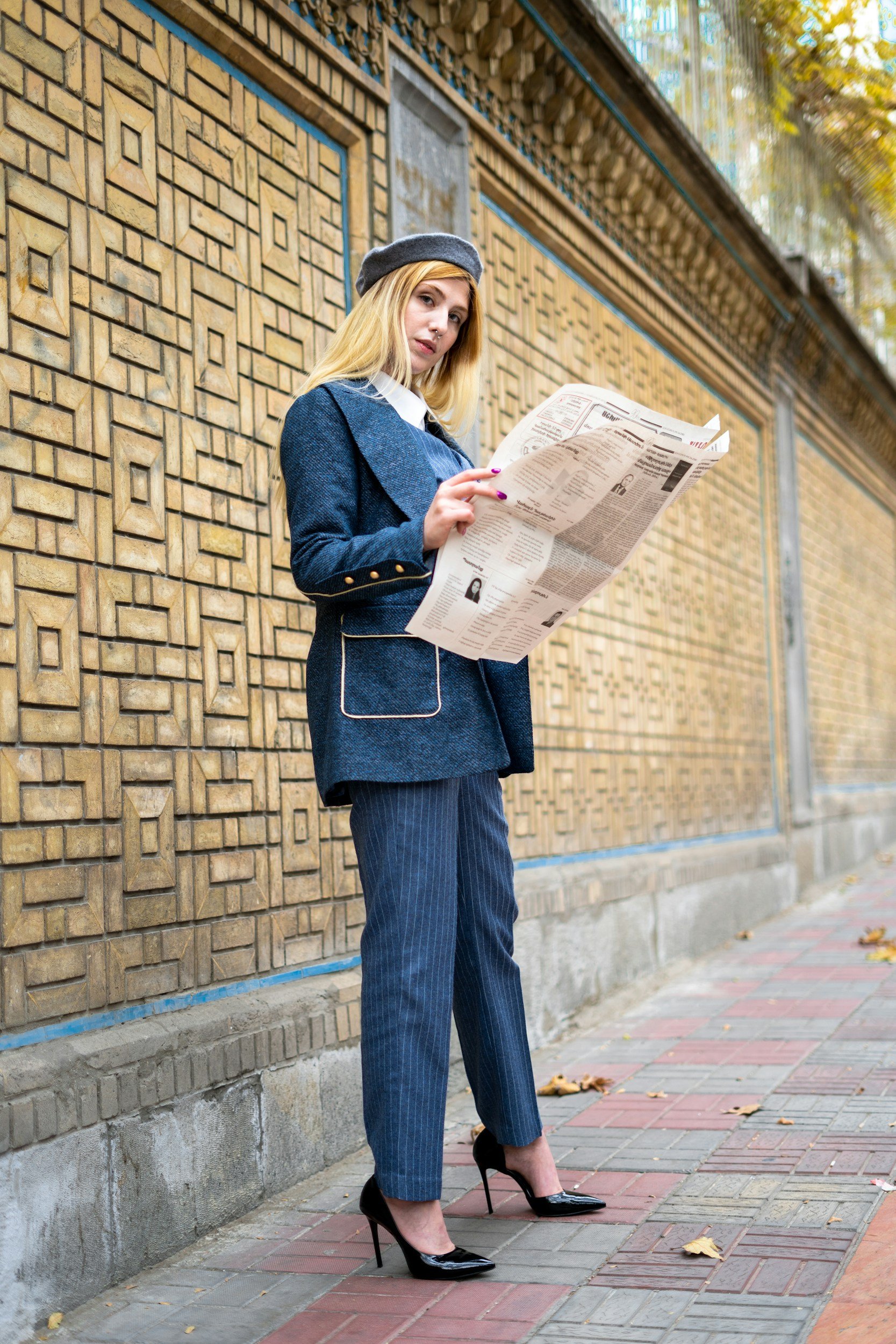
Newsletter Signup
Pocket Management for Magicians
What's there to hide? Picture having a separate hiding place for every load. What would make your performance easier? A place for every prop and everything in its place? A jacket that is self-working so you can concentrate on your performance, not your coat? Randi specializes in transforming your stage wardrobe to contain and conceal all of your magical illusions. Pocket management can simplify the choreography of the magician's performance on-stage, preventing unsightly wrinkles in the suit, rendering the performance even more amazing.

Make it stand out
What Makes a Good Suit?
Select the Perfect Suit to suit your act
“The difference between fashion and style is quality.” Georgio Armani
Cost ~ Suits range in price from $50 to $5,000. As a magician, a good rule to follow is to wear a suit that retails for at least the hourly price of your act. A birthday party magician can wear a cheap suit, but a corporate magician should consider much higher quality suits to perform in. It will be paid for after one performance.
The “bespoke” suit is the ultimate luxury suit in the $5,000 price range. Obviously, these are the suits of royalty, hand crafted and cut exactly to your figure. They are hand sewn with the finest wools. Fabrics are the height of quality. 'Bespoke' is actually a term dating from the 17th century, when tailors held the full lengths of cloth in their premises. When a customer chose a length of material, it was said to have “been spoken for”. Hence a suit made by a tailor who makes your clothes individually to your specific personal requirements is called "bespoke".
The top bespoke suit makers haven’t seen a drop-off in business during the recession, as they only make a limited number of suits per year. They take up to 5 fittings and six weeks to produce a bespoke suit. Caraceni (Italian) tailors spend 63 hours per suit; Anderson and Sheppard tailors (to Prince Charles) spend 40 hours and three fittings per suit. The jackets are more elegantly draped than fitted, the interior flex canvas is cut on the bias, and armholes are cut small and tight for increased maneuverability. Interior and exterior pockets are reinforced so they won’t pull the suit out of shape.
A “made-to-measure” suit simply uses a basic, pre-existing template pattern, which is then adjusted to your individual measurements. It allows customers to choose the fabrics, styling and details before the tailor takes the measurements, and forwards the order to the factory. This suit is also made with the finest wools and linings, and is hand crafted. However, it is half the price of “bespoke”, averaging $2,000 to $4,000, and prices run about 25% higher than off the rack.
I can assist you with selecting a good suit, by taking your measurements or scheduling an appointment in the downtown Los Angeles suit district. I do not make bespoke or made to measure suits.
How Transparent are your silks on stage?
Hold your silk scarf up to the light? What do you see or don’t see? Magicians exploit different weights of silk for the compressing factor unavailable with satin. Silk dye has brighter colors than cotton and wool. Long strands have a smoother finish. Silk thread is triangular, giving it more shimmer under light. The hollow fiber of the silk insulates well, cooler in summer, warmer in winter. Silk is hypoallergenic. It is longer lasting than rayon. 100% silk scarves are brighter, fade less, wrinkle less than rayon blends. Silk has a bouncy feel.
In Japan, thread count on silk is measured in Momme. Silk is purchased with very fine thread count, such as 5 momme, all the way to heavier silk in the 20 or more momme range. Garments are made out of 20 momme or higher. But Magicians use 5 momme silks for a thumbtip use. It is the most transparent weight.
Low thread count on silk means how small you can crush it. Please note that the 5 momme silks can wear out fairly quickly due to the abuse of being pressed into thumb tips. 16 momme silks are used for foulards to give flow and prevent light leakage.
How to test the difference between Silk and Polyester?
Silk
Feel test: silk is softer and bouncier. Silk forms crisp clean lines when ironed. Ring test: silk pushes easily through a ring. Static Test: silk doesn’t conduct static. Burn test: Silk burns and leaves ash.
Polyester
Feel: Poly is a bit stiffer. Ironing is more difficult with poly to form folds. Ring test: Poly has difficulty passing through a ring. Poly conducts more static than silk. Burn test: Poly melts
